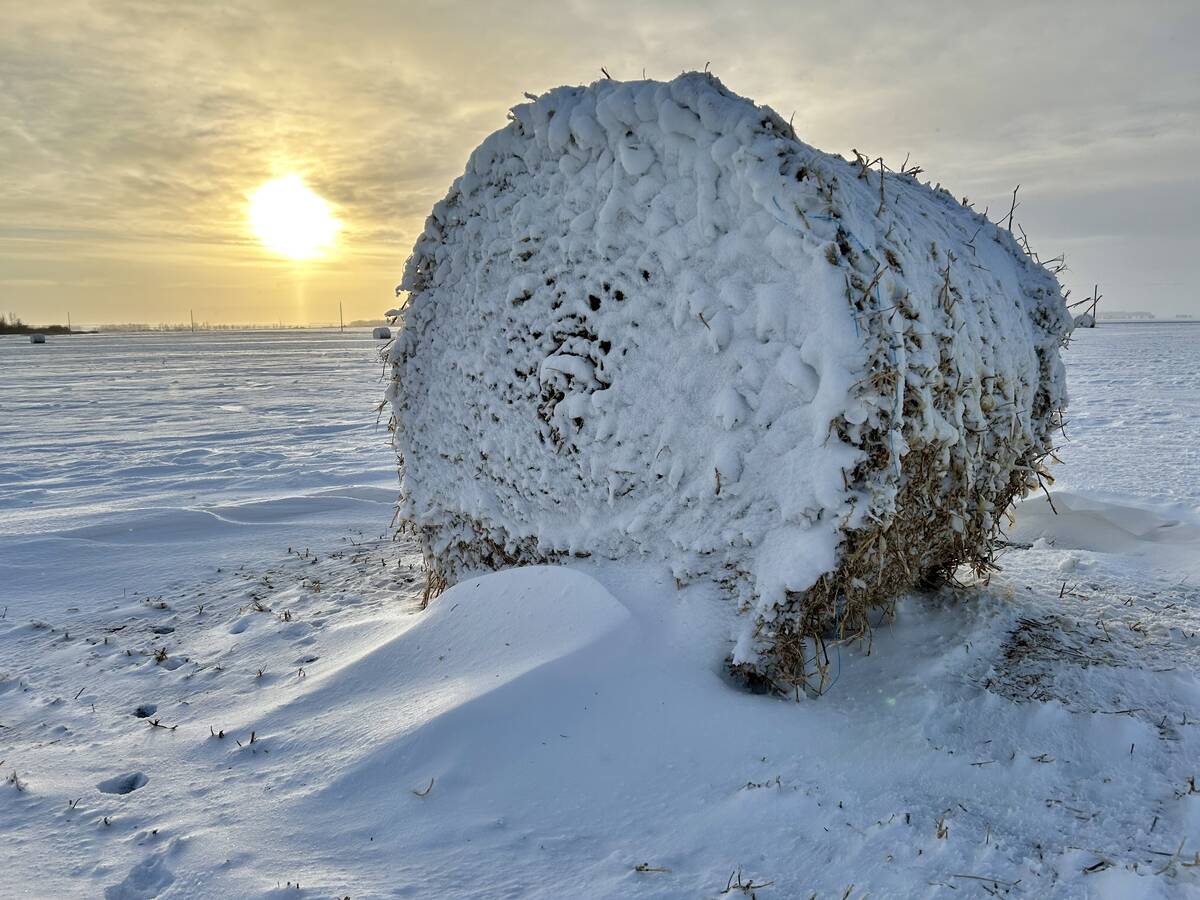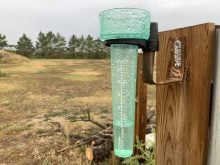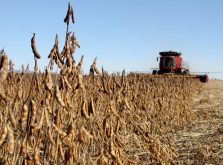Reuters / American farmers are withdrawing unsustainable volumes of groundwater to irrigate crops, resulting in an accelerating decline in aquifers across the central and western U.S., according to a new report by the U.S. Geological Survey.
Groundwater resources have shrunk by 1,000 cubic kilometres since 1900 — about double the total amount of water contained in Lake Erie.
And depletion rates are accelerating. The 40 aquifers in the survey declined almost 200 cubic kilometres between 2000 and 2008 alone — more than twice the depletion rate of the 1980s and ’90s.
The giant High Plains or Ogallala aquifer, which underlies about 450,000 square kilometres of Texas, New Mexico, Oklahoma, Kansas, Colorado, Nebraska, Wyoming and South Dakota, has lost more than 340 cubic kilometres of water since the beginning of the 20th century.
Read Also

Prairie winter snowfall forecast 2025-2026
How much snow should farmers in Alberta and elsewhere on the Canadian Prairies expect for the rest of December 2025 and into January-February 2026?
In the worst-affected parts of northern Texas, the water table in the High Plains aquifer has fallen by more than 150 feet.
Environmentalists blame water-intensive hydraulic fracturing for adding to the stress in drought-hit areas. But groundwater depletion started to accelerate in the 1940s and 1950s, long before fracking became widespread in the 2000s.
The bigger problem is water-intensive agriculture. In 2005, around 80 billion gallons of groundwater were withdrawn every day across the U.S., of which 53.5 billion were used for irrigation — dwarfing the 14.6 billion gallons for domestic use and the three billion gallons taken by industry.
In Texas, irrigation accounted for over 71 per cent of all groundwater extraction, rising to 95 per cent in Nebraska.
The massive rise in water use for irrigation can be attributed mainly to the introduction of centre-pivot sprinkler systems in the 1950s. In North Dakota, the number of irrigation wells rose from fewer than six in 1960 to almost 1,500 by 1980, which were pumping up to 65 million gallons per day at the height of the irrigation season to water 100,000 acres of land.
“Continuation of depletion at observed rates makes the water supply unsustainable in the long term,” the latest survey states.
Depletion on this scale represents a severe threat to the environment as well as to supplies of water for drinking and irrigation on which communities depend. Once depleted, the lost storage cannot easily or quickly be recovered, USGS warns.
Brief
KIEV / REUTERS U.S. chemical giant DuPont launched a seeds plant in Ukraine June 11 designed to help farmers increase harvests with more productive seeds, the company said.
The plant, which cost more than $40 million, is located in the central region of Poltava, the key area for Ukrainian agriculture.
The facility will produce seeds of maize, sunflower and rape, it said in a statement.
Ukraine, the world’s fourth-largest maize exporter in 2011-12, plans to harvest a record 27 million to 28 million tonnes of the commodity this year, but still needs higher-quality seeds to increase yields.
Another global player on the seed market, Monsanto Co., said last month it planned to launch a non-GM (genetically modified) corn seed plant in Ukraine in 2015.














